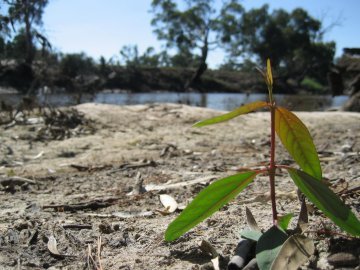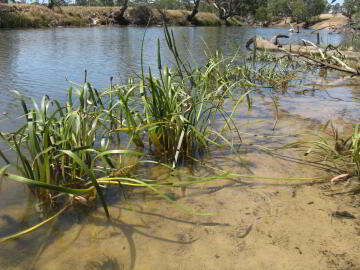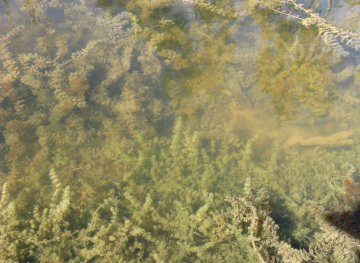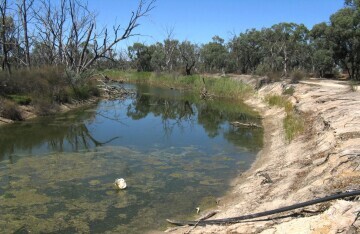Environmental Water Contribution to Ecosystem Functions and Resilience in the Wimmera River
The Wimmera Catchment Management Authority commissioned this survey to qualitatively assess the lower Wimmera River to describe some of the shifts and processes that have been assisted by environmental water releases over the last decade.
Apart from two flood events in 2010 and 2011, the region had experienced 17 years of below average rainfall from 1996 to 2016.
Two small environmental water releases occurred in October/November 2015 and January 2016 to top up refuge pools and improve water quality in the lower Wimmera River. These releases helped “hold the line” against dry conditions by topping up pool levels, reducing salinity, and improving water clarity. The improved conditions allowed proliferation of submerged and emergent macrophytes that increase habitat values for fish, macroinvertebrates and waterbirds.
Client: Wimmera CMA
More information:
- Case study: Building a strong Wimmera River
- Brooks, S and Madden, C. 2016. Environmental Water Contribution to Ecosystem Functions and Resilience in the Wimmera River. Report to Wimmera Catchment Management Authority, Horsham, Vic.




